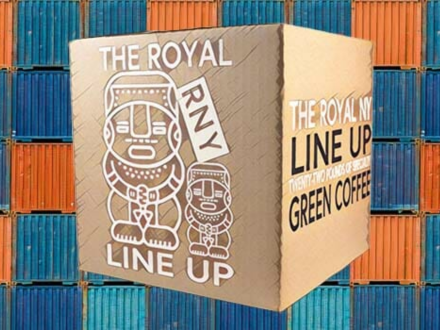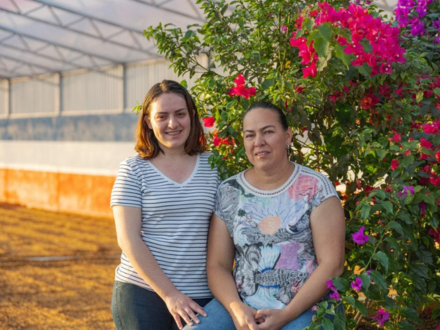January 31, 2019
Tanzania Coffee Is Back!

As an origin, Tanzania coffee is interesting to us for a few reasons. However, one stands out: we love peaberries! If you’re not familiar, a peaberry is a natural genetic mutation of the coffee seed inside the fruit. This mutation causes the development of a small, oval-shaped bean. Compare this to two beans that are flattened and facing each other evenly. You can find peaberries throughout the coffee growing world. That being said, Tanzanian peaberries stand out as one of the more commercially marketable and viable varieties available.
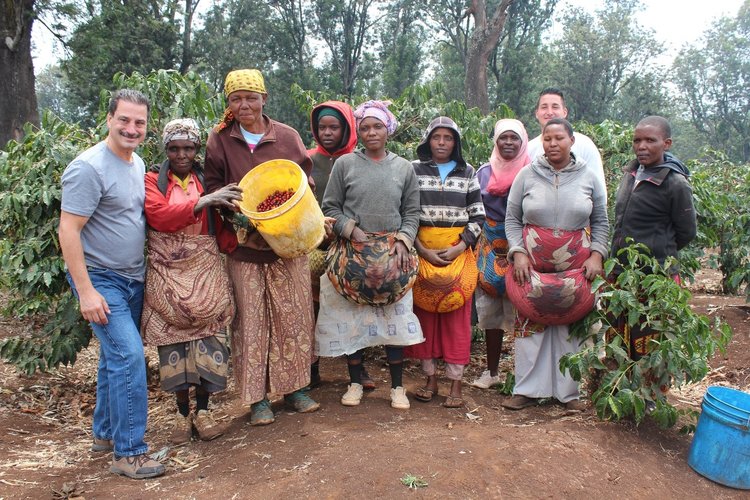
Tanzania coffee has been challenging over the last few years. They have ever-changing government regulations, mismanagement, and lack of investment. Correspondingly, we’ve unfortunately seen a decline of quality. This, in turn, led for our need to expand our presence in the country. Our hope is to build better and more sustainable relationships with producers, millers and exporters in the area.
With this in mind, Richard and I traveled to Tanzania in October of 2018 to expand our horizons and source some high-quality coffees from great new partners. Markedly, the end result has so far been an incredible success. We’ve seen some of these coffees land in our warehouses and will see more arriving through February and March.
Tanzania Coffee: APK Lyamungo Estate
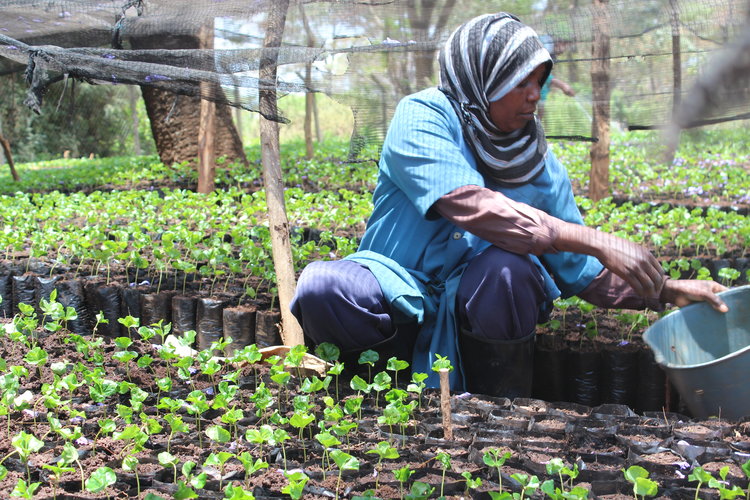
Firstly, located in the shadow of Mount Kilimanjaro, Lyamungo is one of four farms that make up the Africa Plantation Kilimanjaro (APK) estate. The estate is owned by Alejandro Galante, a coffee farmer from Antioquia, Colombia. Actually, each farm is managed individually. 95% of APK’s production is washed. That being said, recent experimentation has led to more honey and natural processing. Drying is done on raised beds. To ensure even drying, APK employees carefully monitor the moisture level of each lot.
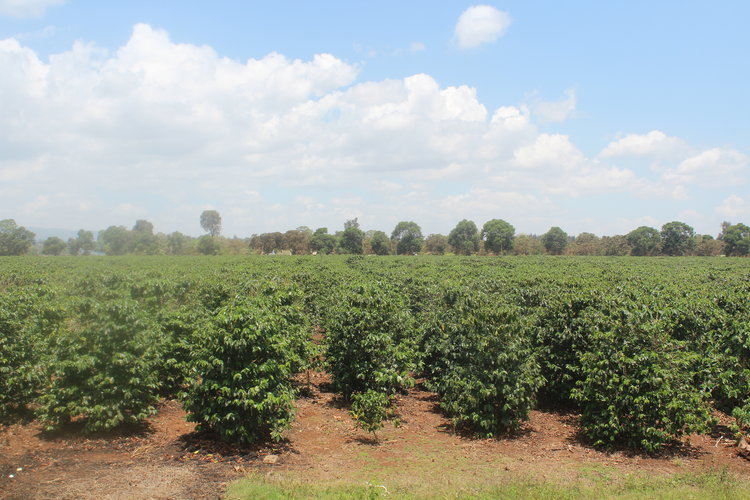
Cupping notes (AA):
Notes of meyer lemon, brown sugar, red apple, and tangerine
Cupping notes (Peaberry):
Notes of green grape, red apple, and white sugar
Tanzania Coffee: Mbosho Estate
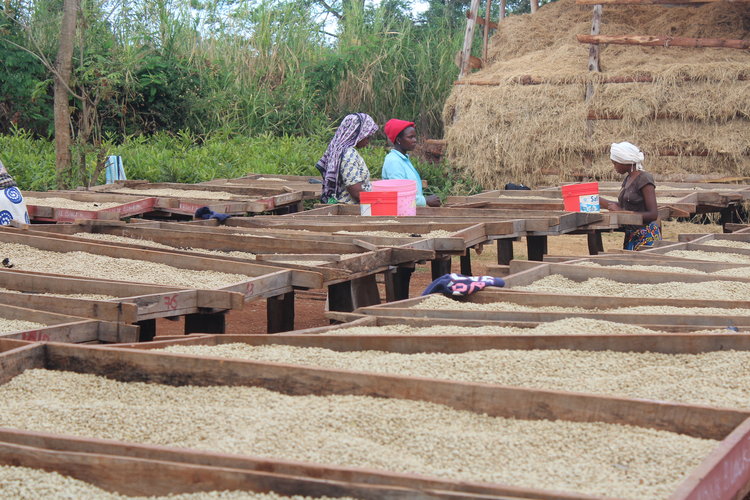
The Mbosho Estate is named for the village in which it’s located, just south of the famous Mount Kilimanjaro. Mbosho is managed by James Powell, a coffee industry veteran who gained experience owning a farm in Zimbabwe. He leases Mbosho’s land from the local society. Furthermore, James oversees the production and processing of 40 hectares of coffee trees. This lot is washed using large tubs instead of the traditional channels. In fact, the estate doesn’t have space for large-scale channels often seen at other farms. Once washed, coffee is dried on raised beds and monitored constantly until it reached the appropriate level of moisture.
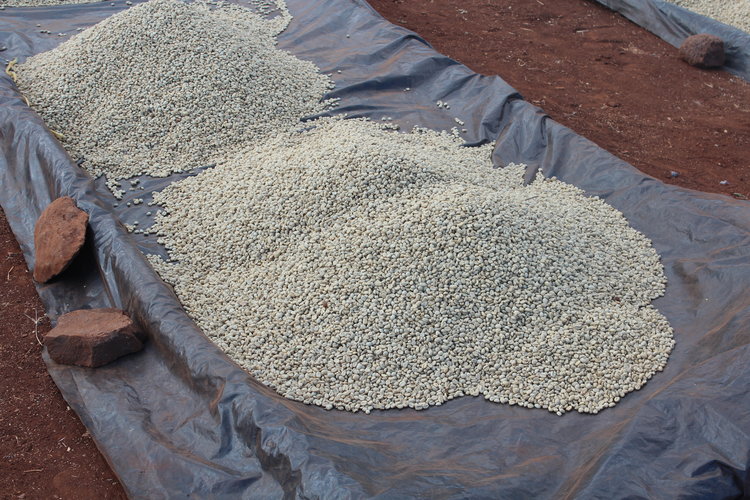
Cupping notes (PB):
Notes of dark chocolate, peach, and meyer lemon
Tanzania Coffee: Kuza Tudley Estate
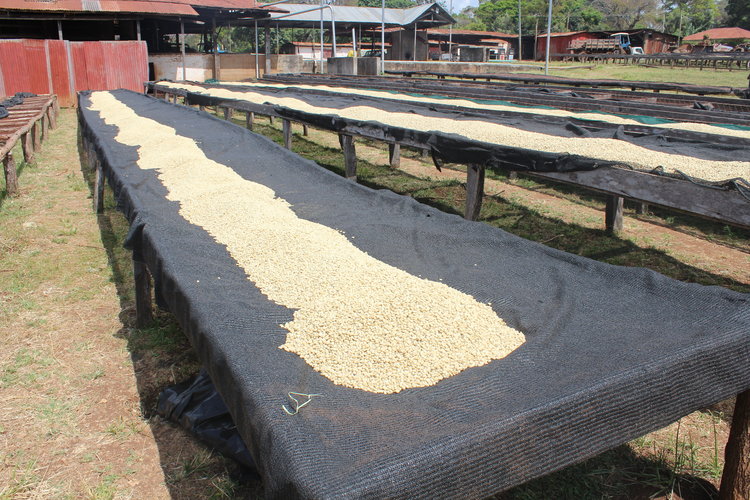
The Tudley Estate is located in northeastern Tanzania near the base of Mount Kilimanjaro. Made up of mostly SL28 tree varietals, the Estate also produces Bourbon and Kent varietals. Additionally, they produce small crop of avocados and macadamia nuts. Coffee here is picked, then depulped and washed the next day. Drying is done on raised beds, with Estate staff carefully turning the coffee throughout the day. Drying takes between 10 and 15 days depending on the weather. Tudley is a large estate with over 180 permanent workers. They pick and process more than 60 tons of coffee each year.
Cupping notes (PB):
Notes of lime, honey, and clementine
Tanzania Coffee: Kilimanjaro Plantation
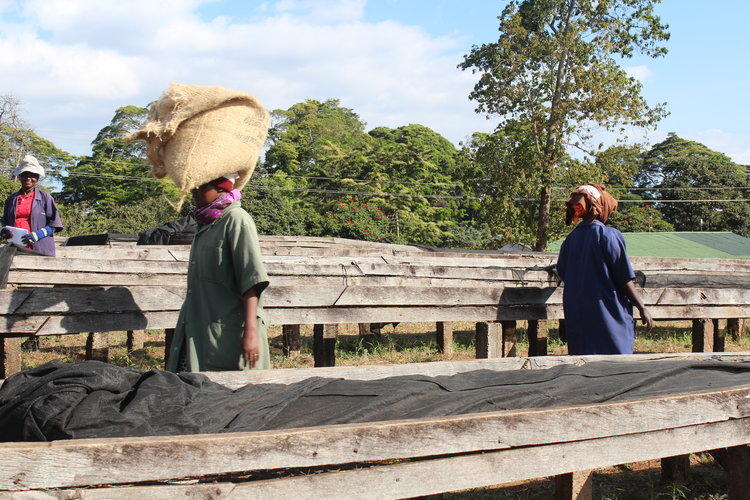
Lastly, we have the Kilimanjaro Plantation (KPL). KPL was started in 200 in the shadow of Mount Kilimanjaro. Five years and almost a million new trees later, the plantation was up and operational. An interconnected drip-line irrigation system feeds each of the plantation’s trees, ensuring an equal and controllable water flow. This irrigation system boosts the natural ecological conditions caused by the proximity to Kilimanjaro and provides an excellent environment for growing coffee.
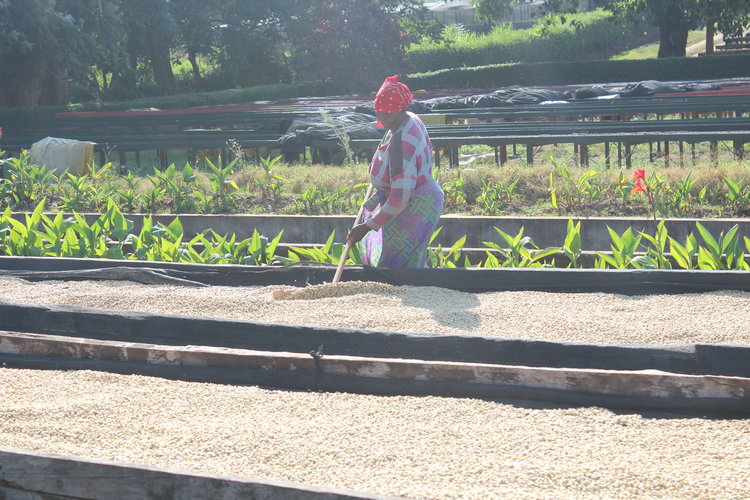
KPL’s centralized wet mill replaced eight decentralized processing plants and allows for consistent high-quality preparation while reducing wastewater generated by the operation. Moreover, the plantation staff takes ecological concerns seriously and has set standards that meet UTZ guidelines, as well as a consistent and comprehensive review policy.
Cupping notes (AA):
Creamy, with notes of red apple, tangerine, sweet grapefruit
Left to Checkout



